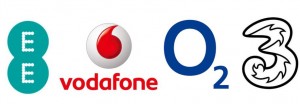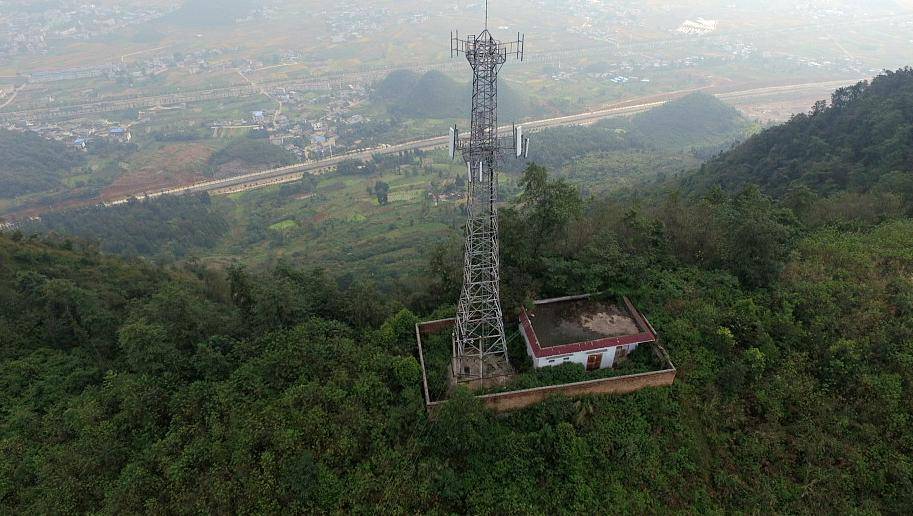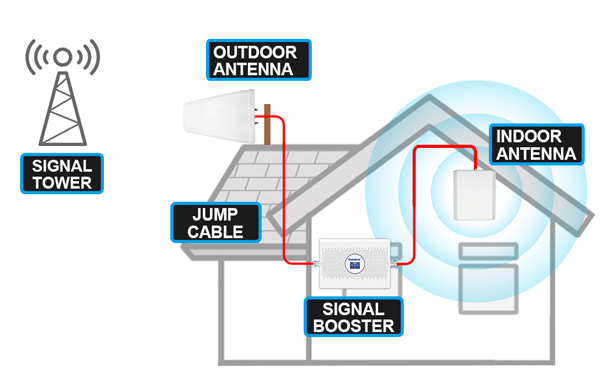In continental Europe, there are multiple mobile network operators in different countries. Despite the presence of several operators, the advancement of European integration has led to the adoption of similar GSM, UMTS, and LTE frequency bands across the 2G, 3G, and 4G spectrum. Differences begin to emerge in the 5G spectrum. Below, we will introduce the usage of mobile signal frequency bands in some European countries.
Here is a detailed list of mobile network operators and the corresponding mobile signal frequency bands used in the major economies of Europe:
Remote areas
United Kingdom
Major Operators: EE, Vodafone, O2, Three
2G
900 MHz (GSM-900)
1800 MHz (GSM-1800)
3G
900 MHz (UMTS-900, Band 8)
2100 MHz (UMTS-2100, Band 1)
4G
800 MHz (LTE Band 20)
1800 MHz (LTE Band 3)
2100 MHz (LTE Band 1)
2600 MHz (LTE Band 7)
5G
700 MHz (NR Band n28)
3400-3600 MHz (NR Band n78)
26 GHz (NR Band n258)
Germany
Major Operators: Deutsche Telekom、Vodafone、O2
2G
900 MHz (GSM-900)
1800 MHz (GSM-1800)
3G
900 MHz (UMTS-900, Band 8)
2100 MHz (UMTS-2100, Band 1)
4G
800 MHz (LTE Band 20)
1800 MHz (LTE Band 3)
2100 MHz (LTE Band 1)
2600 MHz (LTE Band 7)
5G
700 MHz (NR Band n28)
3400-3700 MHz (NR Band n78)
26 GHz (NR Band n258)
France
Major Operators: Orange、SFR、Bouygues Telecom、Free Mobile
2G
900 MHz (GSM-900)
1800 MHz (GSM-1800)
3G
900 MHz (UMTS-900, Band 8)
2100 MHz (UMTS-2100, Band 1)
4G
700 MHz (LTE Band 28)
800 MHz (LTE Band 20)
1800 MHz (LTE Band 3)
2100 MHz (LTE Band 1)
2600 MHz (LTE Band 7)
5G
700 MHz (NR Band n28)
3400-3800 MHz (NR Band n78)
26 GHz (NR Band n258)
Italy
Major Operators: TIM、Vodafone、Wind Tre、Iliad
2G
900 MHz (GSM-900)
1800 MHz (GSM-1800)
3G
900 MHz (UMTS-900, Band 8)
2100 MHz (UMTS-2100, Band 1)
4G
800 MHz (LTE Band 20)
1800 MHz (LTE Band 3)
2100 MHz (LTE Band 1)
2600 MHz (LTE Band 7)
5G
700 MHz (NR Band n28)
3600-3800 MHz (NR Band n78)
26 GHz (NR Band n258)
Spain
Major Operators: Movistar、Vodafone、Orange、Yoigo
2G
900 MHz (GSM-900)
1800 MHz (GSM-1800)
3G
900 MHz (UMTS-900, Band 8)
2100 MHz (UMTS-2100, Band 1)
4G
800 MHz (LTE Band 20)
1800 MHz (LTE Band 3)
2100 MHz (LTE Band 1)
2600 MHz (LTE Band 7)
5G
700 MHz (NR Band n28)
3400-3800 MHz (NR Band n78)
26 GHz (NR Band n258)
Netherlands
Major Operators: KPN、VodafoneZiggo、T-Mobile
2G
900 MHz (GSM-900)
1800 MHz (GSM-1800)
3G
900 MHz (UMTS-900, Band 8)
2100 MHz (UMTS-2100, Band 1)
4G
800 MHz (LTE Band 20)
900 MHz (LTE Band 8)
1800 MHz (LTE Band 3)
2100 MHz (LTE Band 1)
2600 MHz (LTE Band 7)
5G
700 MHz (NR Band n28)
1400 MHz (NR Band n21)
3500 MHz (NR Band n78)
Sweden
Major Operators: Telia、Tele2、Telenor、Tre
2G
900 MHz (GSM-900)
1800 MHz (GSM-1800)
3G
900 MHz (UMTS-900, Band 8)
2100 MHz (UMTS-2100, Band 1)
4G
800 MHz (LTE Band 20)
900 MHz (LTE Band 8)
1800 MHz (LTE Band 3)
2100 MHz (LTE Band 1)
2600 MHz (LTE Band 7)
5G
700 MHz (NR Band n28)
3400-3800 MHz (NR Band n78)
26 GHz (NR Band n258)
Remote area mobile signal base station
The combination of these frequency bands and network types ensures that operators can provide stable and high-speed services in different geographical areas and usage environments. Specific frequency band allocation and usage may vary according to national spectrum management policies and operator strategies, but overall, the usage of frequency bands described above will be maintained.
How is the Compatibility of Mobile Signal Boosters with Multiple Frequency Bands?
Mobile signal boosters, also known as repeaters, are devices designed to amplify weak cellular signals. Their compatibility with multiple frequency bands is crucial to ensure they can effectively improve signal strength across different mobile technologies and regions. Here’s an explanation of how this compatibility works:
1. Multi-Band Support
Modern mobile signal boosters are designed to support multiple frequency bands. This means a single booster can amplify signals for 2G, 3G, 4G, and 5G networks across various frequency ranges.
For example, a multi-band signal booster might support frequencies like 800 MHz (LTE Band 20), 900 MHz (GSM/UMTS Band 8), 1800 MHz (GSM/LTE Band 3), 2100 MHz (UMTS/LTE Band 1), and 2600 MHz (LTE Band 7).
how does the cell phone signal booster work
2. Automatic Adjustment
Advanced signal boosters often feature automatic gain control, which adjusts the amplifier’s gain based on the signal strength of different frequency bands, ensuring optimal signal amplification.
This automatic adjustment helps avoid over-amplification, preventing signal interference and quality degradation.
3. Full Band Coverage
Some high-end models of boosters can cover all common mobile communication frequency bands, ensuring broad compatibility across different carriers and devices.
This is particularly important in regions with diverse frequency band usage, such as major European countries.
4. Installation and Configuration
Multi-band signal boosters typically require professional installation and configuration to ensure optimal performance across all frequency bands.
Factors such as antenna placement, amplifier settings, and signal environment need to be considered during the installation process.
In summary, the multi-band compatibility of mobile signal boosters ensures their effectiveness across various environments and network conditions, allowing them to amplify signals from multiple frequency bands simultaneously and provide users with a more stable and high-speed mobile communication experience.
Mobile phone signal booster suitable for Europe
Lintratek‘s mobile signal booster products are perfectly suited for use in Europe. Specifically designed for Europe’s multi-frequency signal environment, Lintratek’s mobile signal boosters cover up to 5 frequency bands, effectively enhancing local mobile signal frequencies. With 12 years of experience in manufacturing mobile signal boosters, our products are exported to over 150 countries and regions, earning the trust of consumers worldwide.
Post time: Jun-14-2024













